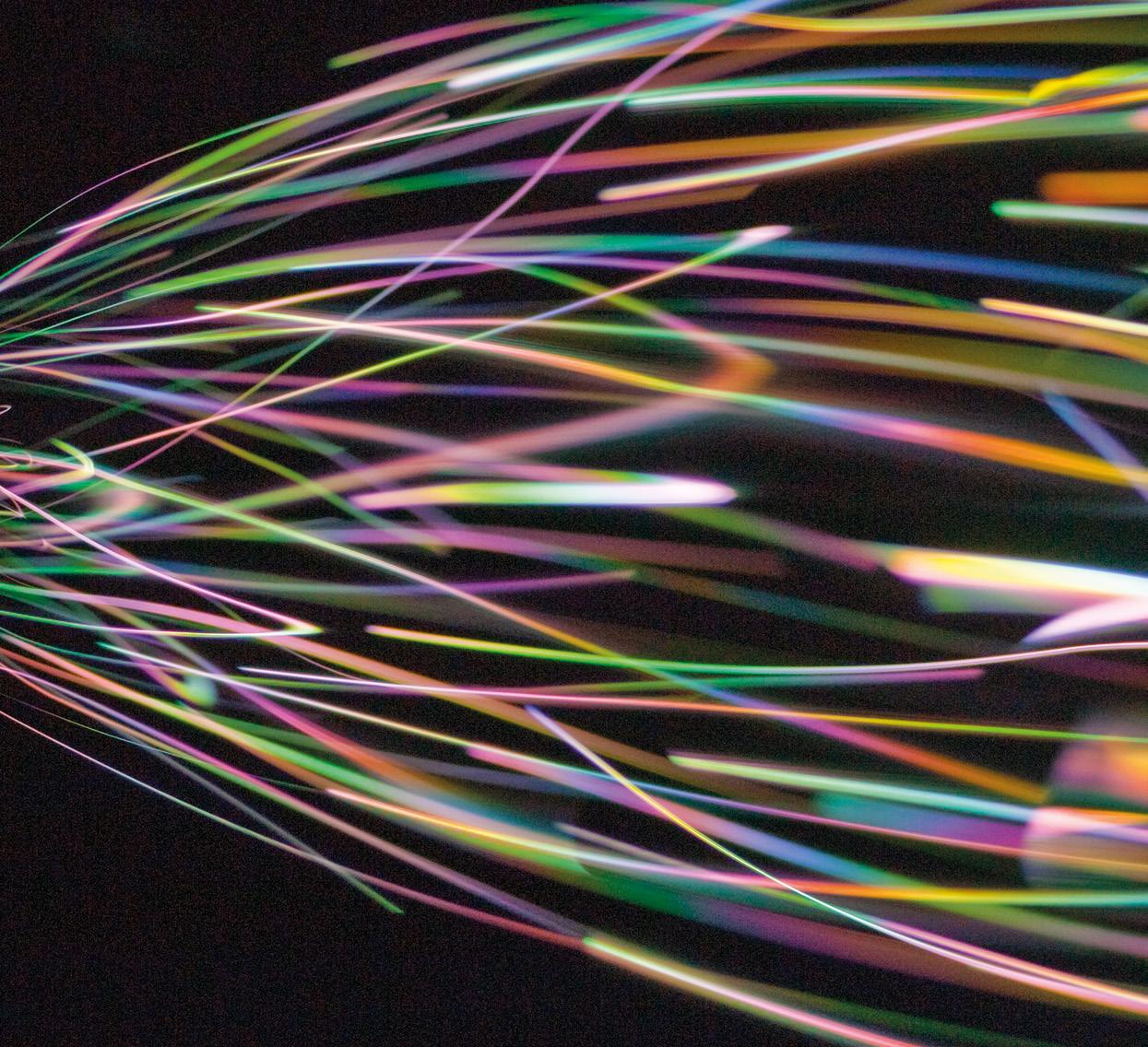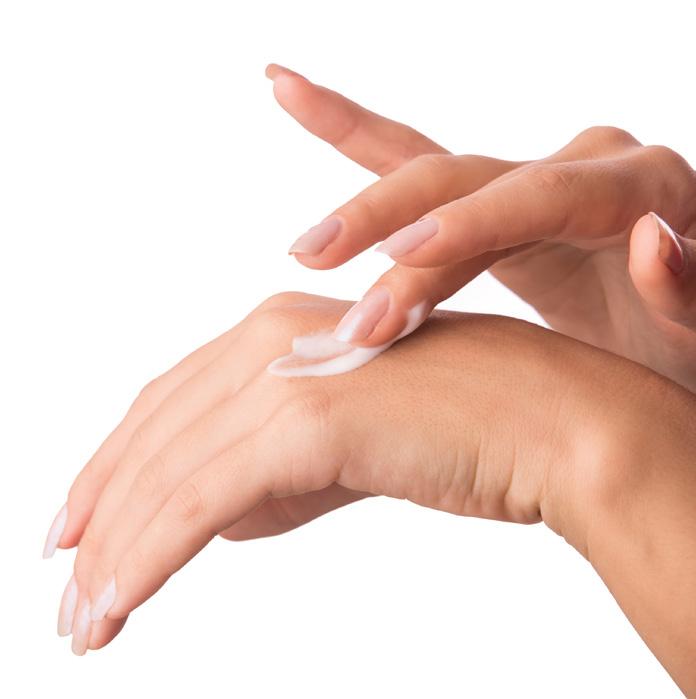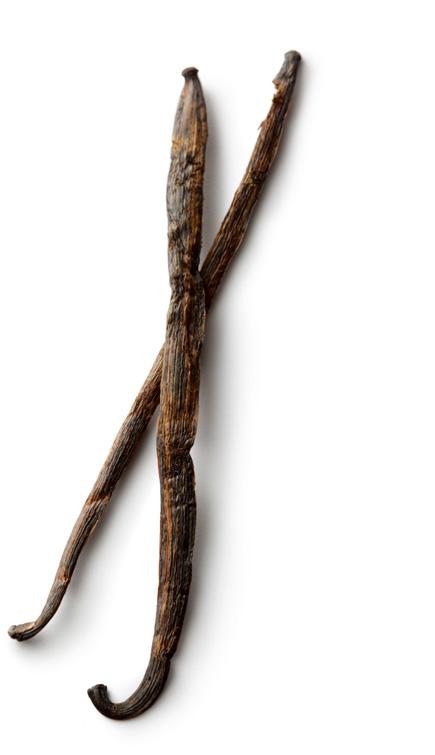
7 minute read
Spinning gold: from by-product to premium product
from Segment magazine 2
Damian Christie looks at the business of food utilisation and how companies are using science to improve sustainability and enhance value for by-products.
Hundreds of kilometres off the coast of New Zealand, a hoki boat is hauling up its latest catch. Several times a day, for six weeks or more at a time, the trawling vessel pulls tonnes of hoki up from the cold, deep waters.
Advertisement
On board seafood company Sanford’s trawlers, automated machines precisely fillet the fish as they pass along the conveyer belt. The fillets are packed by hand and snap frozen. But these fillets only make up around 40% of the fishs’ weight. For decades, the remaining parts of the hoki, including the skin off the fillets, have been rendered into fish meal and oil, both processes also done on board.
Fish meal and oil are relatively low value commodities but they have ensured that some use is made of every part of the fish. However, these days hoki skins are separated from the by-products and begin a journey that will see them transformed into a range of premium products, including cosmetics sold in high end department stores globally. Gram for gram, this hoki collagen’s value far exceeds the price of the fillet.

Hoki collagen being spun into nanofibres.
“Calling it ‘waste’ puts us into a mindset that this material has no value, or a negative value”, says Lynne Scanlen, Plant & Food Research’s Manager of Strategic Projects. “In some cases it mightn’t be an economic value but it still might have value in terms of environment and social outcomes, such as employment.”
The drive to add value is about matching high quality raw materials with demand in a market. “The piece in the middle”, says Andrew Stanley, Sanford’s GM of Innovation, is where the science comes in. “This is where we have exploration and discussion with Plant & Food Research and other companies about what technology is available, what knowledge is there and what products can be created.”

Processing hoki skins to develop high value, premium products.
Sanford’s commitment to maximising the value from its seafood resource has seen the business invest $20 million in a new high-tech marine extracts facility in Blenheim, to be opened next year. The facility will continue work with products like hoki and other fish skins, as well as green-lipped mussel extracts and, in the future, seaweed products.
“I’ve seen a lot of biomass underutilised and I’m driven to find homes for that,” says Stanley “We know we have a great set of resources at our fingertips, we’re matching that with quality science from our science providers to create exceptional opportunities.”
Plant & Food Research’s Science Group Leader for Marine Products Research, Dr Susan Marshall, has been working with Sanford as well as other seafood companies to develop high-value products from by-products previously broken down for fish meal or oil. She says the first challenge is to understand exactly what molecules the by-products contain, something that has long been overlooked with our focus on the fillet. Each species has its own particular features. For example, the collagen extracted from the deep water hoki has a lower melting temperature than other forms of collagen, which is part of the reason that skincare products based on hoki collagen absorb into the skin deeper and faster than other collagen products.
While the fish processing industry has long found at least some use for its by-products, even if simply as fish meal, other industries are left with a waste problem on their hands. Heilala Vanilla is a Tauranga-based producer of vanilla extracts, such as powders, syrups and pastes. The company has vanilla plantations in Tonga, and is committed to sustainability and humanitarian outcomes as part of its mission.
When Heilala began, it produced only the extract from its vanilla pods. In 2008, it began also using the vanilla seeds, to produce a vanilla paste. As vanilla prices began to rise — to more than the price of silver — Garth Boggiss, Heilala’s co-founder and head of R&D, says he started to look at whether the company could be getting more out of its raw materials.
The first step for Heilala was to determine whether there were any inefficiencies in its existing business, but on investigation found it was already extracting 98% of the vanilla from the pods. The focus turned to what else might be left over in the discarded husks, and a series of full spectrum chemical analyses with Plant & Food Research scientists turned up an unusual lipid group that existing research shows has bioactive uses in skincare.

Commercially, the bioactive compound is worth around $3000 per kilogram as a raw ingredient — far more than the lucractive vanilla extract itself. But Boggis says one of the tricky parts of creating a business from by-products is understanding the size of your supply.
“The issue is that we can only generate it from our waste streams, so when we were trying to find the right partner they had to be the right size as well — if they were like ‘well we need 10 times the product’ then we couldn’t supply it. If you just took fresh vanilla beans and your only use was to create the bioactive compound then it wouldn’t be viable.”
Trying to find a commercial partner the right size has led Heilala to try creating its own skincare product. After several years and a few different research projects, Boggiss says, “it’s a big journey.”
Like Heilala’s vanilla pod research, each new seafood project requires a new fundamental understanding of what that particular species contains. Marshall says the only information for many New Zealand fish species was produced by one researcher back in the 1980s, and only at a very basic level. To gain full value from the whole fish, that understanding must be much deeper.

Marshall believes that if an entire fish is utilised to its full potential, the value could be five times what it is currently worth as fillet and fish meal. The focus could shift entirely, where some fish species are farmed for everything but their fillets.
“We often hear about the circular green economy, but for us it’s also about the circular blue economy,” Marshall says. “My drive at the moment is to try and apply that idea to aquaculture, where perhaps we grow some species not for fillet, but from the outset focus on nutraceuticals or biomaterials instead. It’s trying to look at things in a different way, rather than fish just as something you eat, to seeing it as a complex raw material with multiple potential uses.”
While there are certainly economic opportunities from by-products, not all projects are about the bottom line. Another project with Motueka-based Golden Bay Fruit has been looking at what to do with apples and kiwifruit that aren’t up to its high export standards — about 15% of total production. The company has just finished a state-of-the-art packing facility and with a local juice producer leaving the region the challenge provided an opportunity to look at new by-product alternatives.
“We weren’t really looking at it to make money out of it,” says Heath Wilkins, the company’s CEO. “It was more about a by-product that we had, can we turn it into a useful story that’s potentially fuelling our tractors or farm equipment. As long as it covered its costs that’s what we’re looking for.”
Biodegradable packaging is another by-product use that will become more important in the future. There are already companies working in this sphere, such as Auckland-based Earthpac, which extracts starch from water as a by-product of making french fries and turns it into a range of compostable products such as cups, plates, cutlery and napkins. Mushroom stalks are also being looked at by growers as a raw ingredient in a sustainable alternative to styrofoam packaging.
“It’s worth thinking about by-product utilisation as a pyramid,” says Scanlen. At the bottom, it’s low value products using large masses of material — uses like energy from methane and ethanol. Further up are soil conditioners, compost and fertilisers, then biomaterials, animal food, human food — and at the top, high-value extracts such as nutraceuticals or even pharmaceuticals”.
With the impacts of climate change and overpopulation putting more pressure on our natural resources and the ability to create them, reducing waste both in production as well as in our own homes is going to be vital. Developing higher-value and premium products from by-products is going to be even more important in the future than it is today. As Scanlen puts it simply, “We’re going to have to get a whole lot better at utilising everything we grow” . •










